Eating healthy may seem like a daunting task, but all you really need to do is start with the little things. If you’re eating well for the majority of the time then the occasional takeaway pizza or family sized bar of chocolate really won’t make a difference.
I personally encourage the ’80/20’ rule; it’s more of a guideline really, but it means that if you’re eating well for most (roughly 80%) of the time, then you can afford to indulge for some (approximately 20%) of the time with no ill effects on your body!
Here are my top 10 ‘little things’ tips, for making your diet healthier, inspired by Sofology’s latest campaign.
1. Make your Smoothies Green
Smoothies aren’t just for fruit, they’re for vegetables too; and I promise you that adding leaves such as spinach, iceberg lettuce and kale doesn’t alter the taste, it simply adds fibre as well as nutrients such as vitamin A, C and K. Get into the habit of adding a handful of greens before you blend; to start you could try a Green Monster Smoothie made from; 1 banana, 200ml milk of your choice, a handful of blueberries and a handful of spinach.
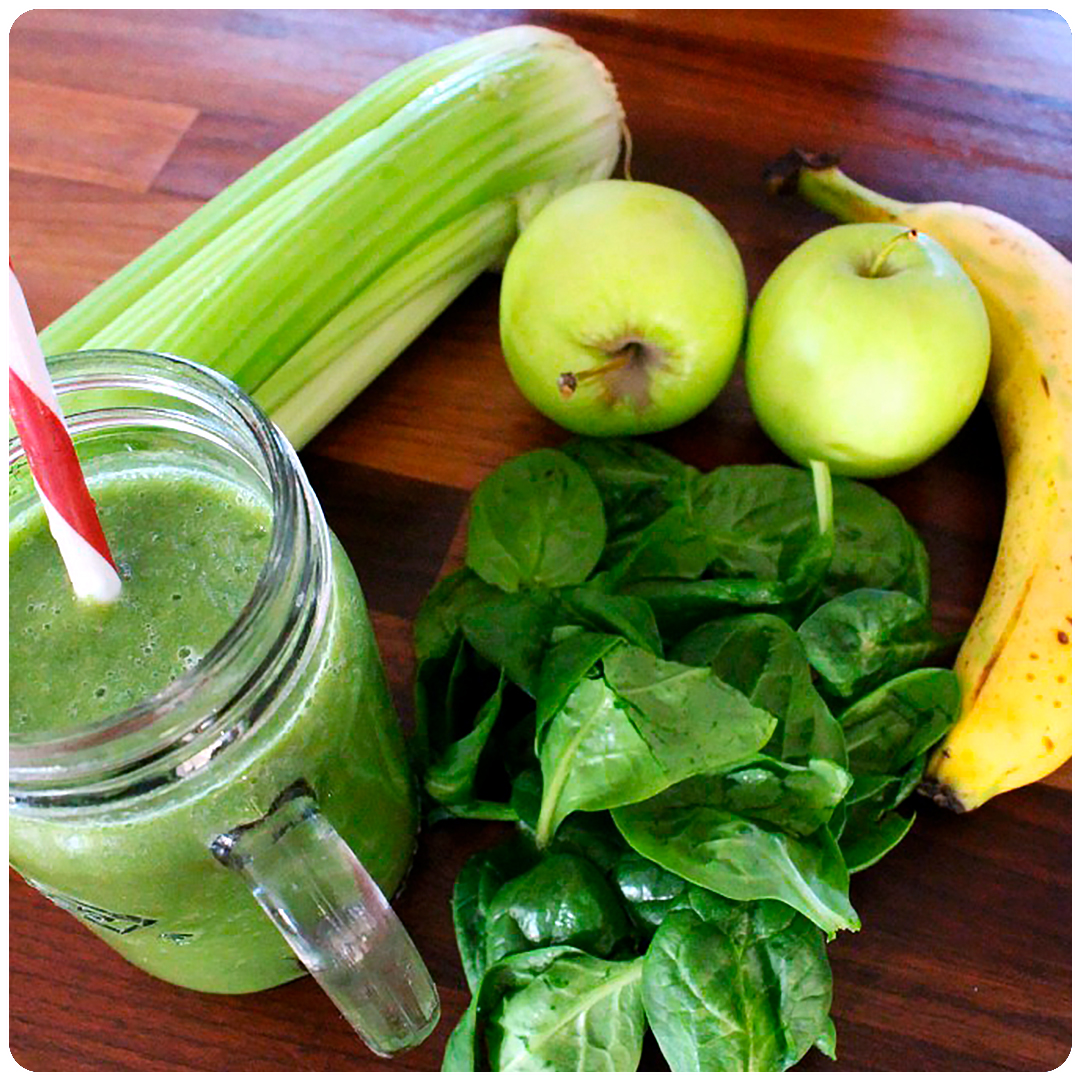
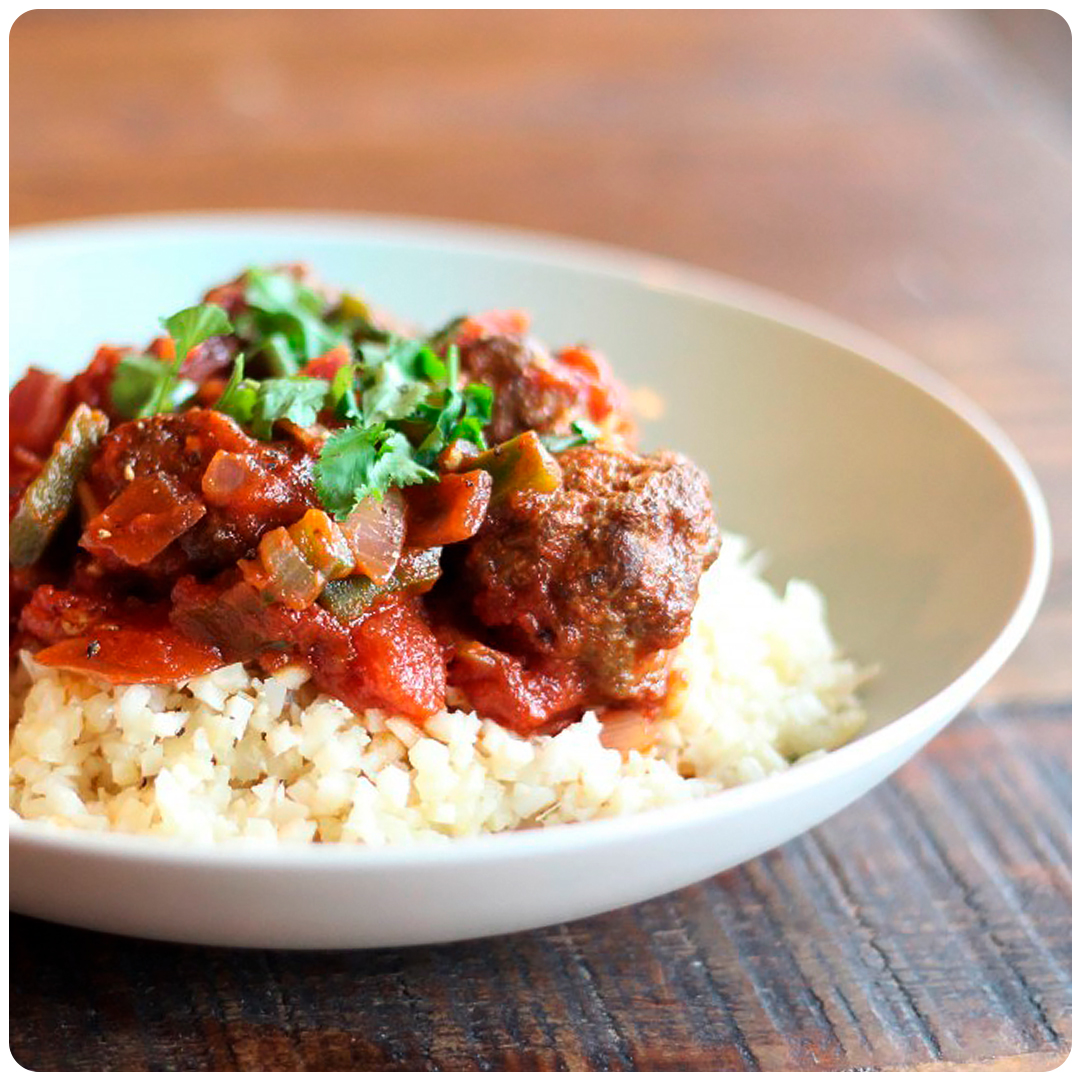
2. Bulk out your Meals with Fibre
Fibre helps us to feel full, keeps our digestive system moving and promotes a healthy level of cholesterol. If you follow food trends then you may have seen courgette-oats (or ‘zoats’ if you’re American) made by grating raw courgette into porridge oats before adding milk and cooking (I love to add some cocoa and stevia after for flavour!) or even carrot cake overnight oats which involves grating carrot into your pot of oats, milk and yoghurt before chilling. If you’re more traditional though, you may simply want to add a tin of beans to your next chilli, stew or bolognese.
3. Switch to Plain Yoghurt and add your own Flavours
Natural yoghurt can be a great source of probiotics, a.k.a friendly live bacteria that have beneficial effects on gut health, in addition to being high in protein and providing minerals such as calcium and phosphorus. Buying plain yoghurt means that you’re not paying for added refined sugar and you can control exactly what goes in it. A few of my favourite healthy yoghurt additions include cinnamon and banana, strawberries and flaked almonds as well as baked apple pieces and raisins.
4. Stock up on Tinned Salmon
Tinned salmon is much richer in heart healthy omega-3 fatty acids in comparison to tinned tuna or white fish such as cod or haddock. We should aim to eat two portions of fish a week, one of which is oily, and tinned salmon, as well as mackerel, pilchards and sardines all count as being ‘oily’. Tinned salmon is also cheaper than fresh salmon and goes perfectly in homemade salmon fish cakes.
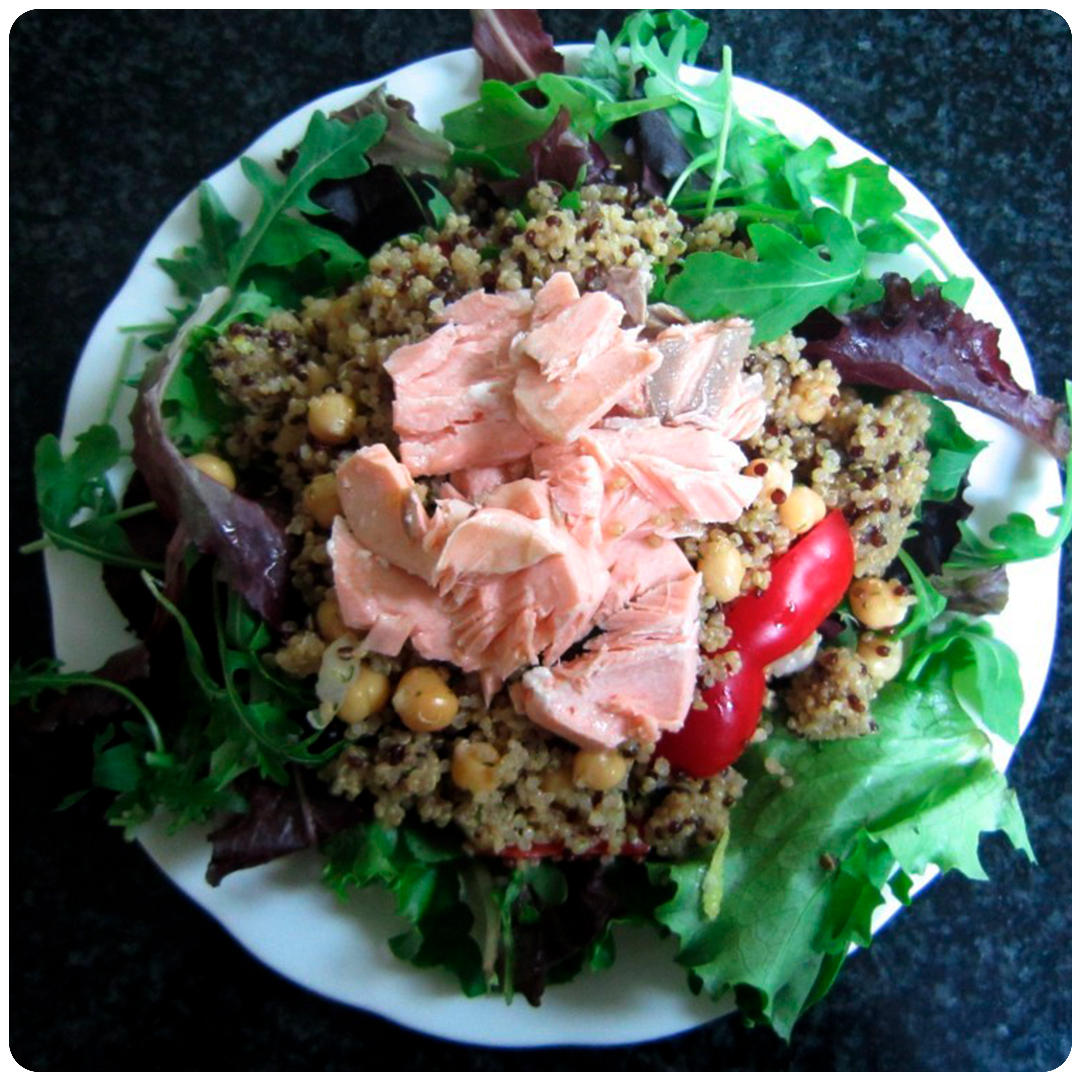
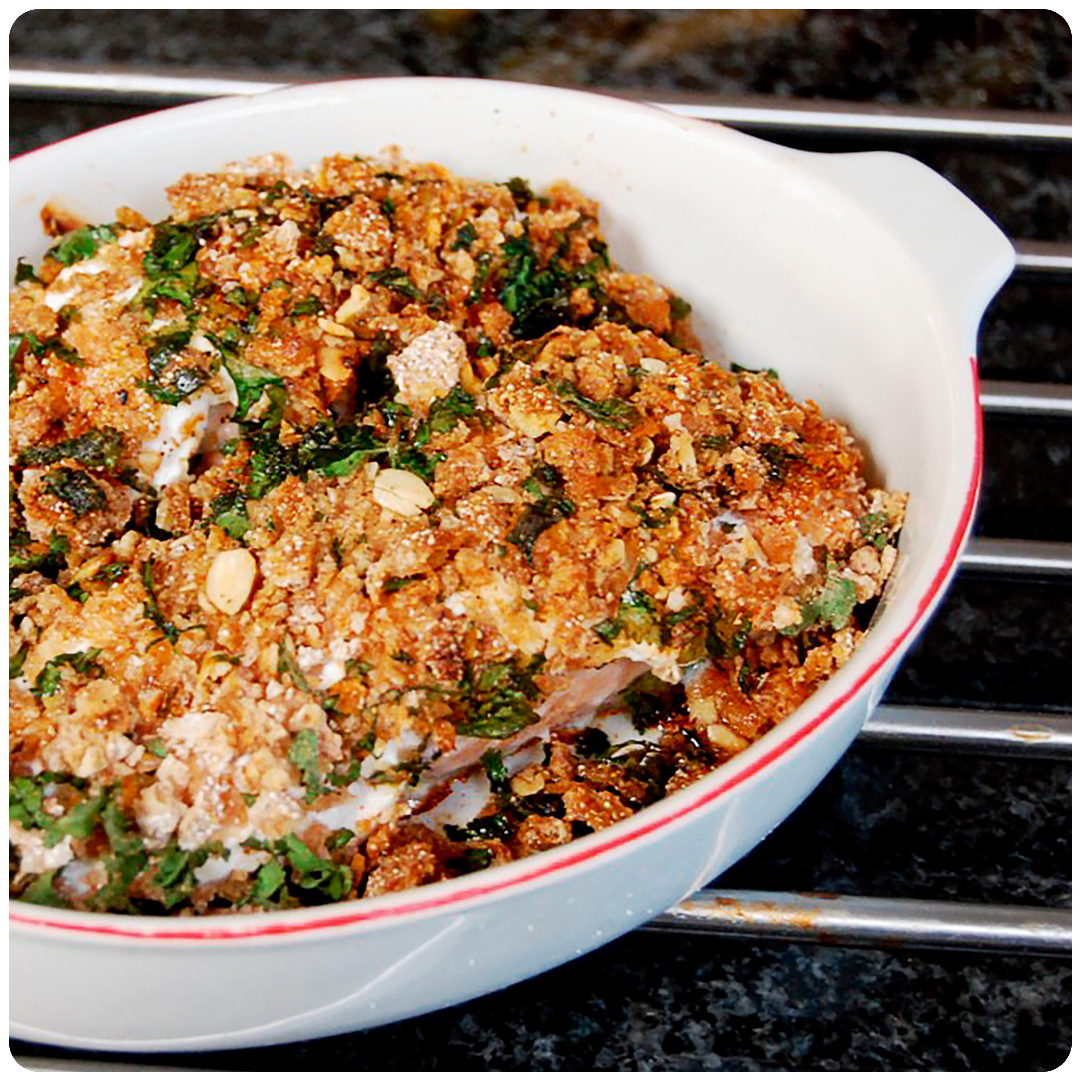
5. Cook in Bulk
If you’re making dishes such as fish pie, chilli, curry or a stir fry make sure to cook more than you need. Leftovers are great for packing up and taking to work the next day for lunch, as well as being an ideal back-up for when you don’t have time to cook on an evening; you could keep leftovers in a container either in the fridge for two to three days or in the freezer for up to three months. Just make sure to label the container with the contents before you freeze so you know what you’re heating up!
6. Do a Meal Plan for the Week
Writing out a meal plan is essential if you want to improve your diet. It helps you to write your shopping list and could even save you money. Make sure to write down where you’re going to be throughout the week and remember that you don’t need 7 new or different breakfasts, lunches and evening meals; you could alternate between a couple or add in just one new recipe that you want to try out along with classic recipes that you know and love. Make sure to add in a variety of plant-based foods across the week, for example different coloured fruit and vegetables as well as different types of pulses and whole grains. If doing a whole week’s meal plan seems daunting, then start with planning just two to three days ahead; check out my seven day healthy meal plan for inspiration.
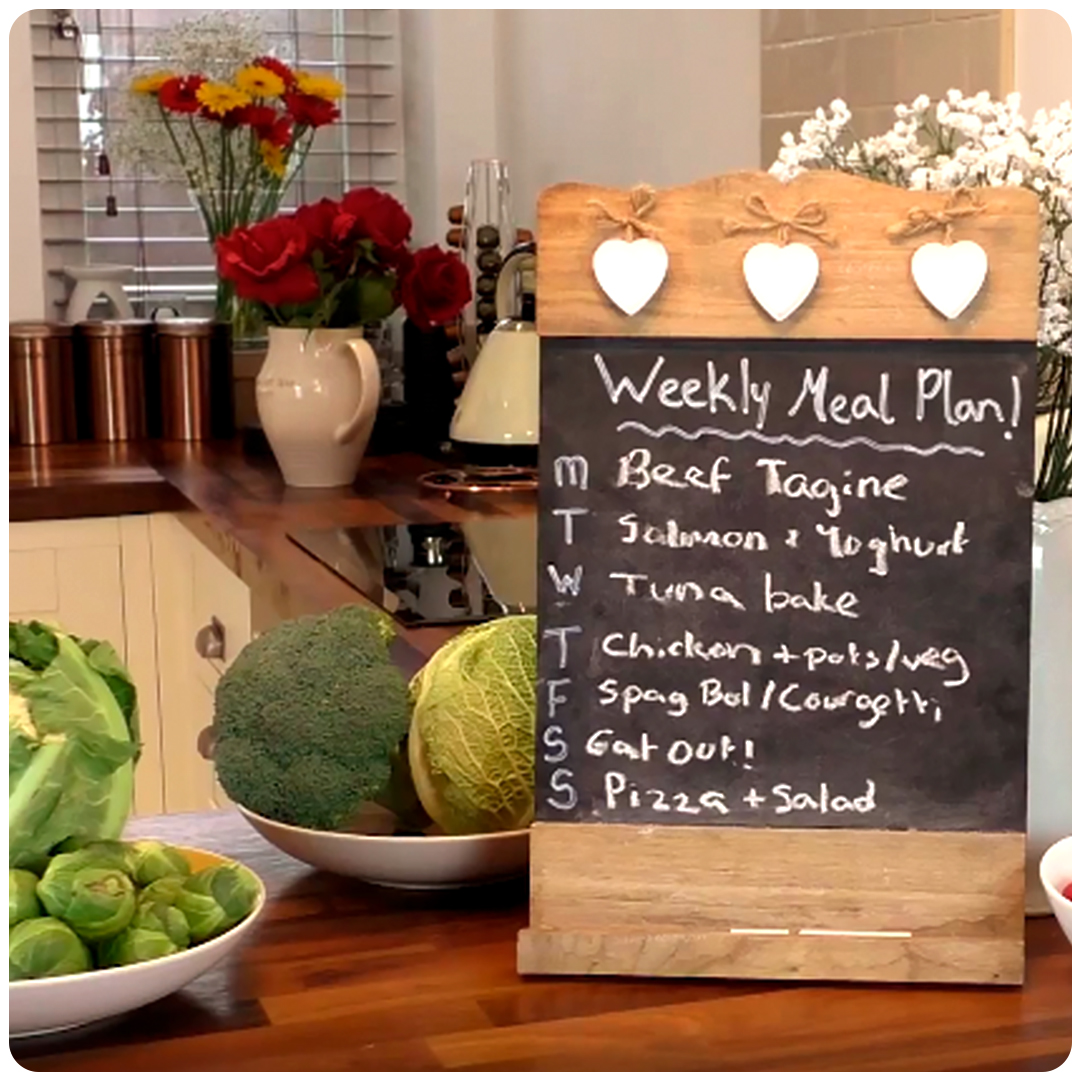
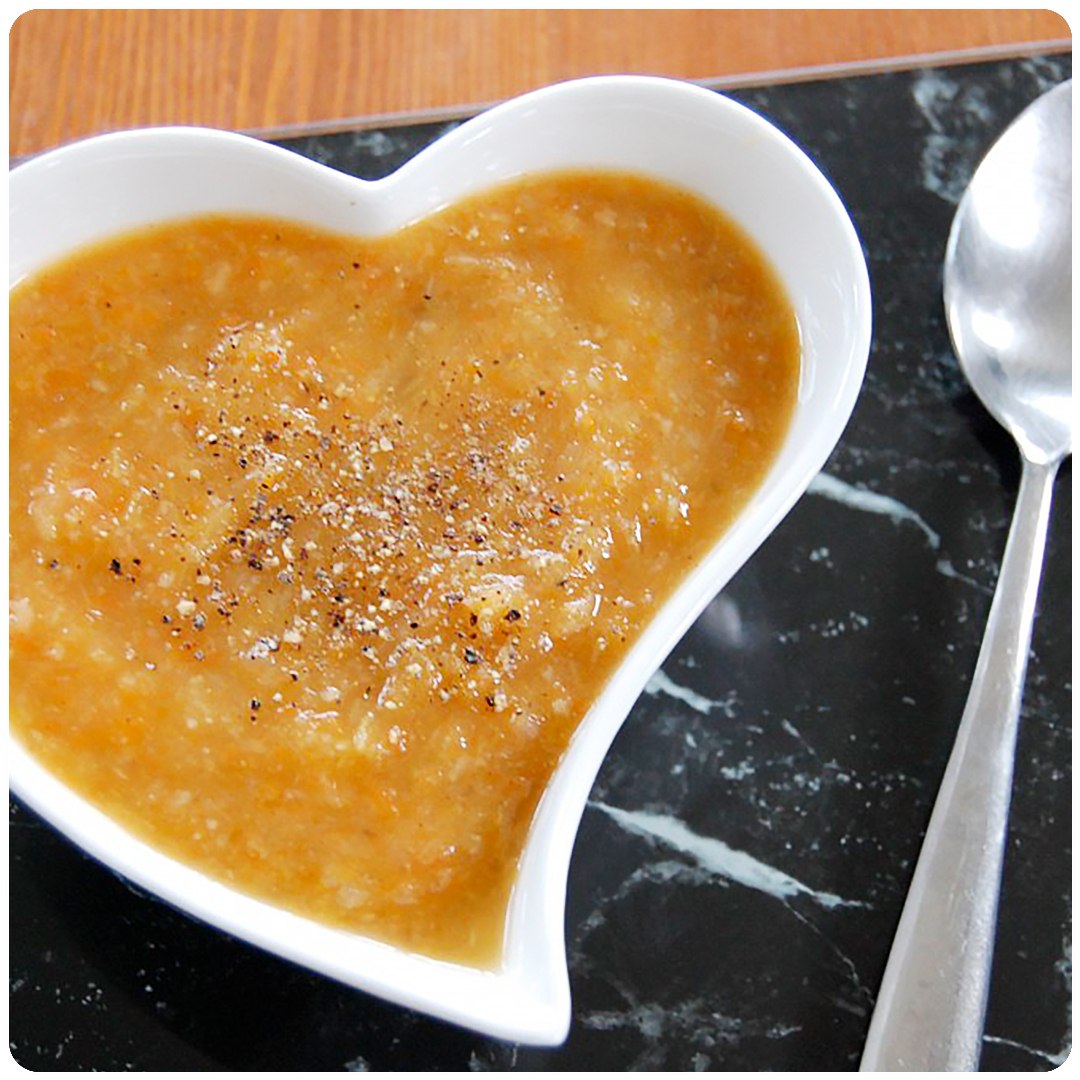
7. Keep Frozen Vegetables in your Freezer
As well as having a much longer shelf life, frozen vegetables often have much more nutrients such as vitamin C than their fresh equivalent; this is because they are frozen soon after the point of picking; retaining almost all of their nutrients. Frozen vegetables also require no chopping and cook quickly meaning they can easily be added to a variety of dishes; you could add chopped frozen peppers to a chilli or frozen peas to a fish pie.
8. Drink more Water
You’ve heard it before and you’ll hear it again, as most of us need to drink more water. All drinks count towards our fluid intake but water is one of the best as it’s both calorie and sugar free meaning that it won’t rot your teeth or contribute to excessive weight gain. Drinking water helps us to regulate our true hunger signals, prevent headaches and keep our body regular. A simple way to tell if you’re hydrated is to look at the colour of your urine; if it’s dark then it’s probably a sign that you need to drink more.
9. Use the Correct Olive Oil or Rapeseed Oil
Olive oil and rapeseed oil are rich in mono-unsaturated fatty acids (MUFAs) which are heart healthy, but did you know that there are two types and they have very different uses. Extra virgin olive oil (EVOO), or cold pressed rapeseed oil, which is usually darker in colour and stored in a green coloured bottle, shouldn’t be heated and instead should be used for drizzling over salads and pastas as well as using in dips. Regular or refined olive oil, which is usually much lighter in colour and kept in a see-through bottle, is more heat stable and so is suitable for everyday cooking.
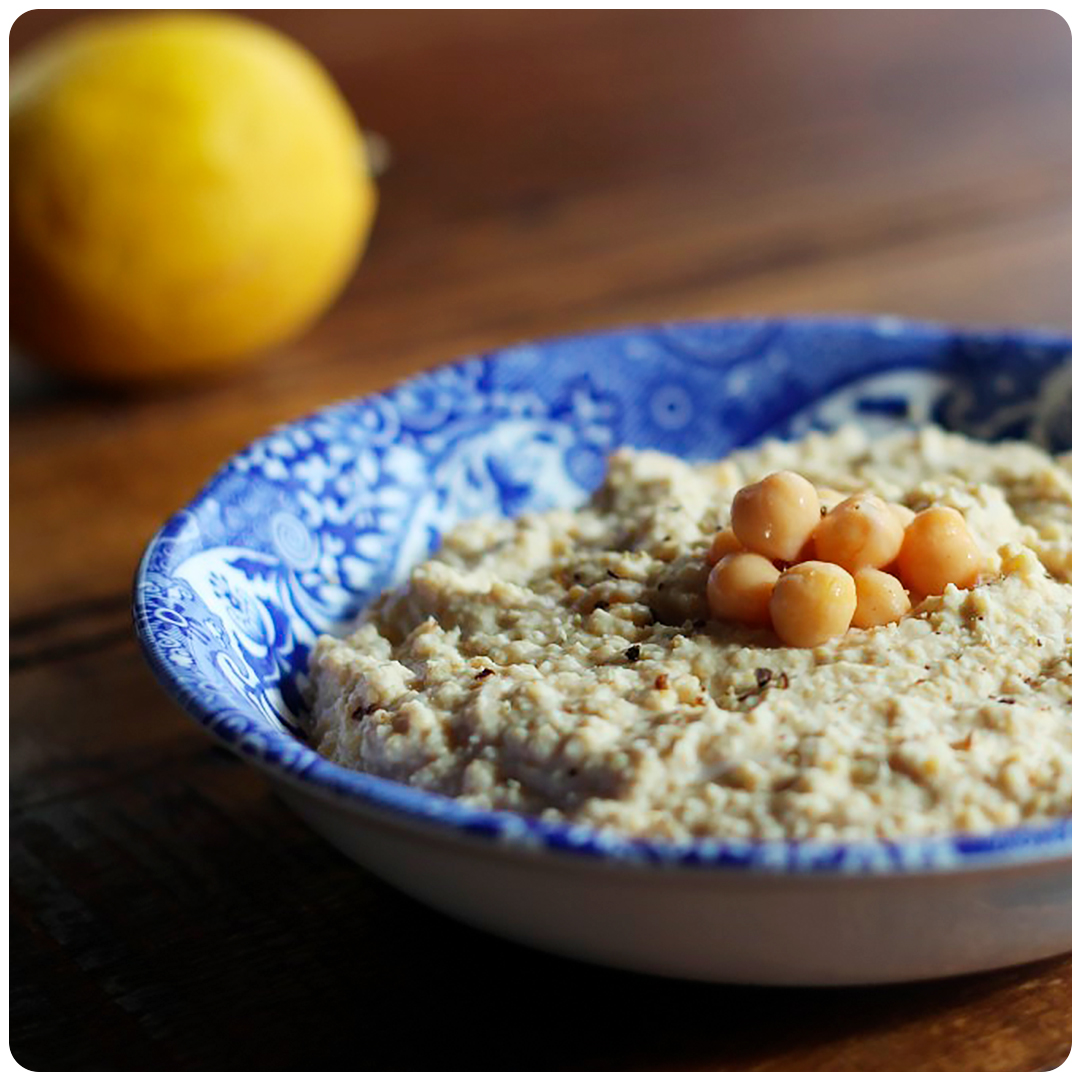
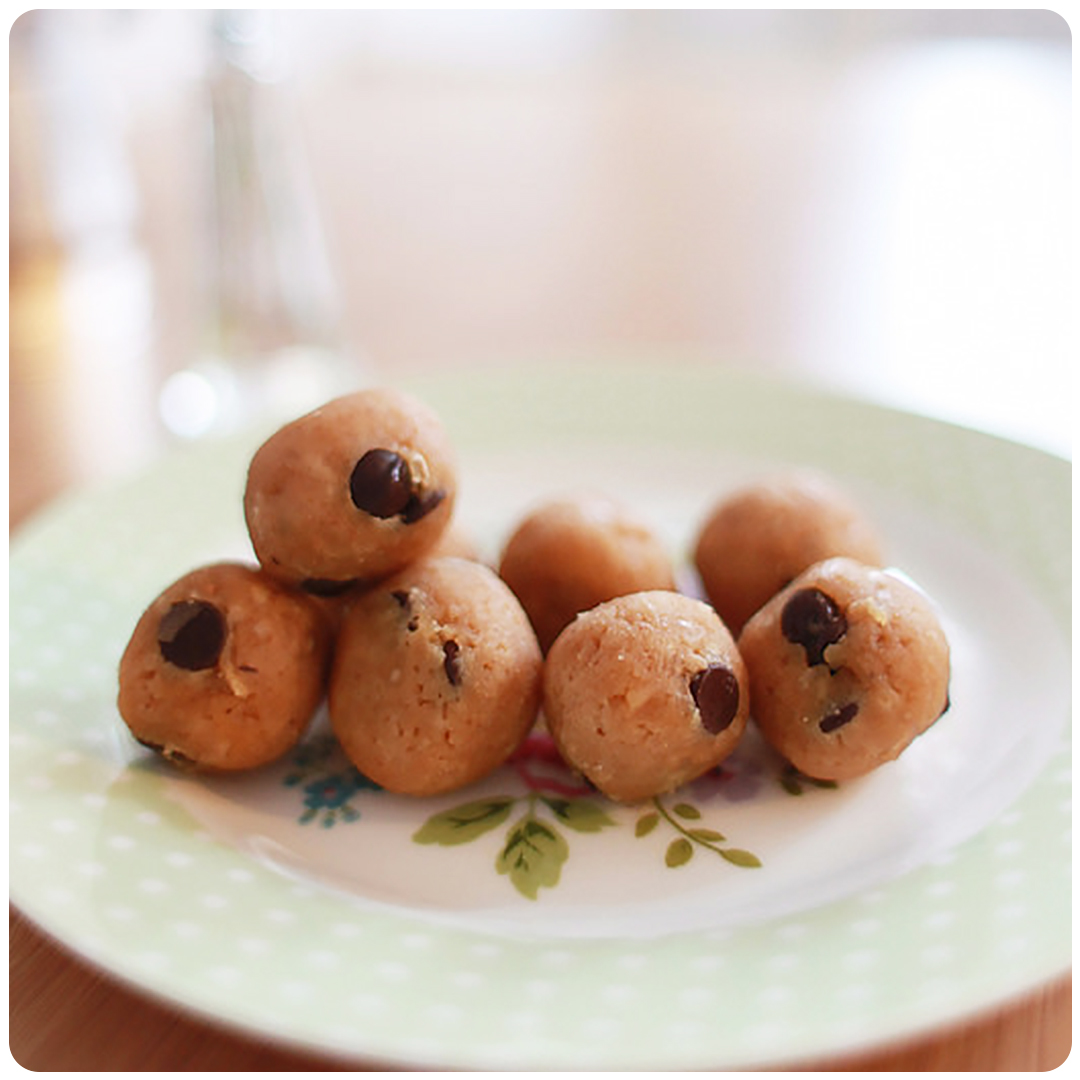
10. Snack Mindfully
The best place to eat mindfully is at the table, however if you do like to enjoy a sofa snack then make sure to pop it on a plate or in a little tub first, rather than eating it straight from the packet! One of my favourite sofa snacks are my healthy cookie dough bites; I pop a handful in a little tub to enjoy whilst watching Netflix!
Healthy Cookie Dough Bites
Ingredients
- 1/4 cup (55g) chickpeas or white beans*
- 1 cup (100g) ground almonds
- 3 tbsp xylitol**/stevia
- 1 tsp vanilla
- 3 tbsp peanut butter
- 2 tbsp dark chocolate chips
Method
- Add all of the ingredients, except the chocolate chips into a food processor & blend until smooth
- Scrape out the mixture into a bowl & add in the chocolate chips with your hands
- Scoop out a heaped tablespoon of the mixture and roll into a ball with damp hands. Repeat until all of the mixture has been used up (I made 15 ball shapes)
- Pop onto a plate lined with greaseproof paper & chill in the freezer for 20-30 minutes before enjoying or storing in the fridge for later!
Notes
*I used tinned chickpeas/cannellini beans – drained
*Xylitol is a healthier alternative to sugar
What are your favourite ‘little things’ to make your diet healthier?
Looking for more tips for a healthier lifestyle? Check out these articles:
Sofology Sofa Snacks How to get into Sofa Yoga Creating a work out space at home





